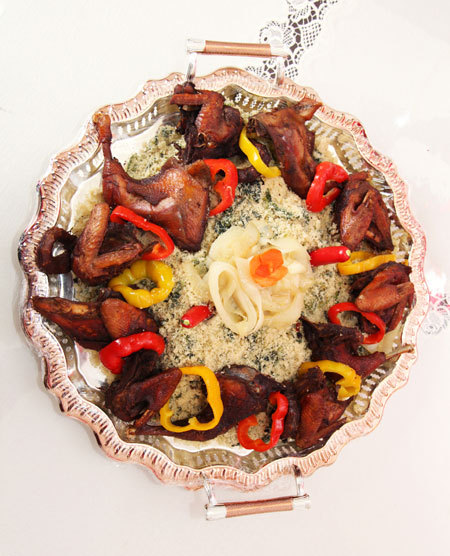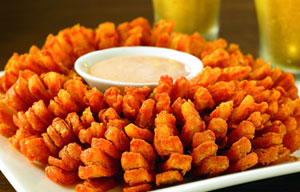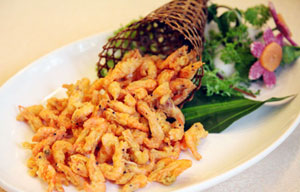Africa's exotic delights
 |
|
Couscous with chicken from Niger. [Photo/China Daily] |
While China has become an international marketplace, with restaurants flaunting fare from around the world, eateries that feature the foods of Africa are not easy to find.
Guangzhou, with its long-established African communities from many nations, is an exception - but elsewhere, except for the occasional Moroccan or Ethiopian outlet, the entire continent struggles for a culinary foothold.
Exotic ingredients are one challenge. Another is the vast diversity of Africa itself, where more than 50 countries have their own tastes and recipes.
It's precisely the diversity that a group of African diplomats' wives in Beijing wanted to celebrate this year, as they looked for a special project to support charity.
So they compiled a colorful cookbook featuring more than 60 recipes from 34 countries, which they launched at a gala dinner last month that raised 120,000 yuan ($19,560) for victims of the recent earthquake in Lushan county, Sichuan province.
"The big challenge," says Rwanda's Anne Marie Ngarambe, president of the Group of African Ambassadors Spouses Beijing, "was to express what we do in a way that readers here could understand and use."
"For myself," adds Ethiopia's Felege Hiwot Berhe, "it's enough to say, use this amount of 'Ethiopian spices', but for people cooking in China we needed to explain this is a mixture of thyme, cumin, cardamom and other herbs."
An Ethiopian staple, the spongy flat bread injera that's used to scoop up savory meat stews and vegetables, is made at home with Teff flour, a tiny grain indigenous to the country's highlands.
That's not a market staple even in cosmopolitan Beijing or Shanghai, so the cookbook editors noted how to change the recipe if self-rising wheat flour is substituted to make the fermented batter.


















